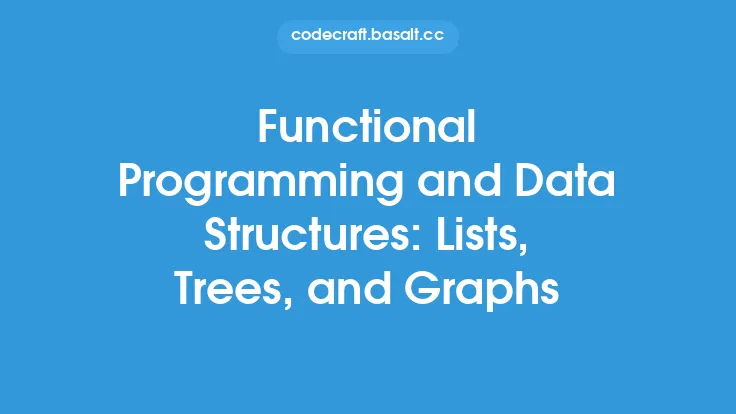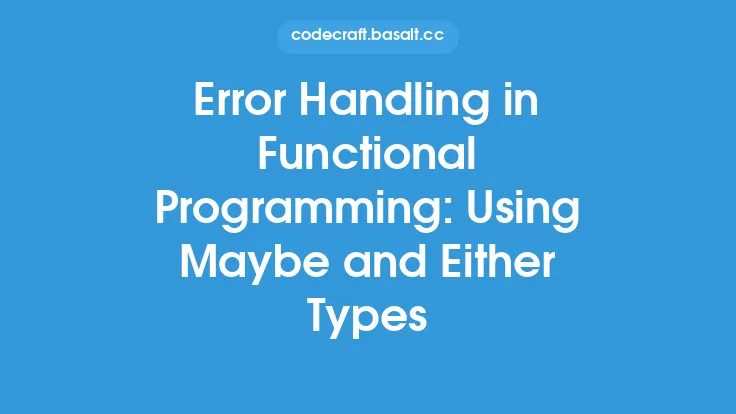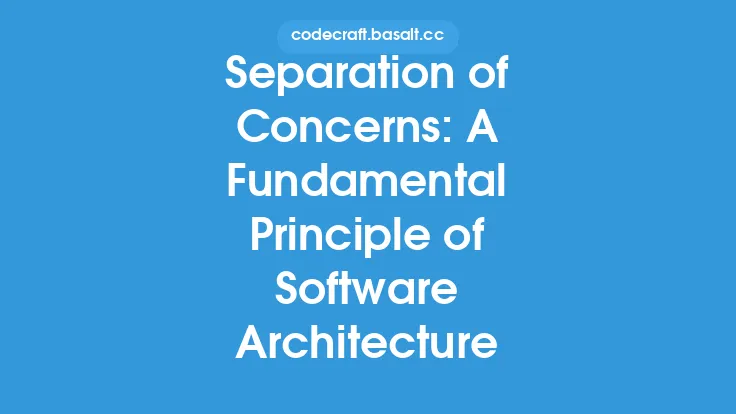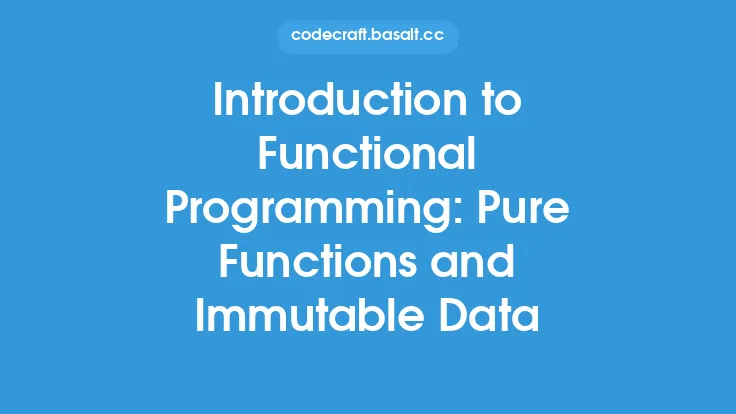Higher-order functions are a fundamental concept in functional programming, and they play a crucial role in making code more modular, reusable, and composable. In essence, a higher-order function is a function that takes another function as an argument or returns a function as a result. This simple yet powerful idea enables developers to abstract away low-level details and focus on the logic of their program.
Introduction to Higher-Order Functions
Higher-order functions are a key feature of functional programming languages, and they are used extensively in languages such as Haskell, Lisp, and Scala. They are called "higher-order" because they operate on other functions, rather than on simple data types like numbers or strings. This allows developers to write more generic and flexible code, which can be easily reused in different contexts. For example, a higher-order function can be used to implement a generic sorting algorithm that can sort lists of any data type, as long as the data type supports comparison.
Types of Higher-Order Functions
There are several types of higher-order functions, each with its own unique characteristics and use cases. One common type is the function that takes another function as an argument, often referred to as a "callback" or "predicate". This type of function is commonly used in algorithms such as filtering, mapping, and reducing. Another type of higher-order function is the function that returns a function as a result, often referred to as a "factory" or "constructor". This type of function is commonly used to implement abstract data types, such as monads and functors.
Benefits of Higher-Order Functions
Higher-order functions provide several benefits, including improved modularity, reusability, and composability. By abstracting away low-level details, developers can focus on the logic of their program and write more generic and flexible code. Higher-order functions also enable developers to write more concise and expressive code, which can be easier to read and maintain. Additionally, higher-order functions can be used to implement complex algorithms and data structures in a more elegant and efficient way.
Examples of Higher-Order Functions
There are many examples of higher-order functions in functional programming languages. One common example is the `map` function, which takes a function and a list as arguments and applies the function to each element of the list. Another example is the `filter` function, which takes a predicate and a list as arguments and returns a new list containing only the elements that satisfy the predicate. The `reduce` function is another example, which takes a function and a list as arguments and applies the function to each element of the list, accumulating a result.
Implementing Higher-Order Functions
Implementing higher-order functions can be a challenging task, especially for developers who are new to functional programming. However, with practice and experience, developers can become proficient in writing higher-order functions that are efficient, elegant, and easy to maintain. One key technique is to use type classes and type inference to ensure that the function is properly typed and can be used with a wide range of data types. Another technique is to use recursion and induction to implement complex algorithms and data structures.
Real-World Applications of Higher-Order Functions
Higher-order functions have many real-world applications, including data processing, scientific computing, and machine learning. For example, higher-order functions can be used to implement data pipelines that process large datasets in a efficient and scalable way. They can also be used to implement machine learning algorithms that can learn from data and make predictions. Additionally, higher-order functions can be used to implement web applications that are modular, reusable, and composable.
Conclusion
In conclusion, higher-order functions are a fundamental concept in functional programming, and they play a crucial role in making code more modular, reusable, and composable. By abstracting away low-level details, developers can focus on the logic of their program and write more generic and flexible code. With their many benefits and real-world applications, higher-order functions are an essential tool for any developer who wants to write efficient, elegant, and maintainable code. Whether you are a seasoned developer or just starting out, learning about higher-order functions can help you take your programming skills to the next level and write better code.





